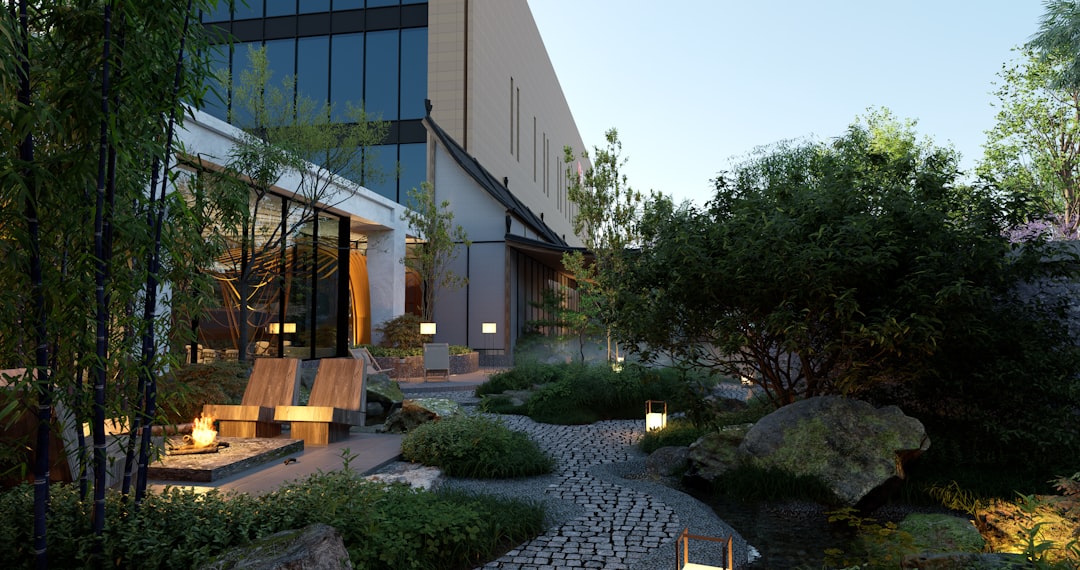Transform Your Outdoor Space: The Art of Garden Design and Planning
Imagine stepping out of your home and into a sanctuary of color, fragrance, and tranquility. A well-designed garden is more than just a patch of grass and a few flowers; it’s an extension of your living space that reflects your personality and enhances your lifestyle. In today’s blog, we will explore the intricacies of garden design and planning, delving into the essential components, innovative ideas, and practical tips that can help you create your dream garden.
### Understanding Your Space
The first step in garden design is understanding the space you have to work with. Take a walk around your yard or balcony and observe the sunlight patterns, soil type, and existing flora. Each of these elements will significantly influence your design choices. For instance, if your garden receives full sun for most of the day, you might want to consider drought-tolerant plants. Conversely, shaded areas might be perfect for ferns and hostas.
### Setting a Budget
One common misconception is that garden design is only for those with deep pockets. However, you can create a stunning garden on a budget. Start by determining how much you are willing to spend. Allocate funds for essential elements such as soil, plants, and garden furniture. You can save money by opting for local plants or seeds, which often cost less than imported varieties. Additionally, consider DIY projects like building your own raised beds or compost bins, which can further cut costs while giving you a sense of accomplishment.
### Designing for Lifestyle
When planning your garden, think about how you intend to use the space. Are you an avid gardener, a casual observer, or perhaps someone who loves entertaining outdoors? Designing with your lifestyle in mind will ensure that your garden is functional as well as beautiful. For example, if you love hosting summer barbecues, consider incorporating a patio area complete with seating and a grill. Alternatively, if you seek a tranquil retreat, design a meditation nook surrounded by fragrant flowers and calming water features.
### Eco-Friendly Choices
In an age where sustainability is key, incorporating eco-friendly elements into your garden design is not only responsible but can also enhance its beauty. Choose native plants that require less water and maintenance, thereby supporting local wildlife. Consider implementing a rain garden to manage runoff and promote natural filtration. Additionally, using organic gardening practices helps protect the environment while yielding healthy produce if you choose to grow your own food.
### Trends to Watch
Garden design is continually evolving, with new trends emerging each year. Some recent trends include vertical gardens, which are perfect for small spaces and add a unique aesthetic to your garden. Another trend is the incorporation of edible landscaping, where fruits and vegetables are interspersed among ornamental plants. This not only creates a visually appealing garden but also offers fresh produce right at your fingertips.
### The Psychological Impact
Beyond aesthetics, gardens have a profound psychological impact on our well-being. Studies have shown that spending time in nature reduces stress and enhances mood. A thoughtfully designed garden can serve as a refuge from the chaos of daily life. Consider adding elements that engage the senses, such as fragrant herbs, vibrant flowers, and soothing water features. These sensory experiences can create a peaceful oasis that rejuvenates the mind and spirit.
### DIY Tips for Beginners
If you’re eager to dive into garden design but don’t know where to start, here are some quick DIY tips:
1. **Sketch Your Ideas:** Begin with a simple sketch of your garden layout. This doesn’t need to be professional—just a rough idea of where you’d like to place plants, paths, and furniture.
2. **Start Small:** If you’re new to gardening, start with a small area or container garden. This allows you to experiment without feeling overwhelmed.
3. **Choose Perennials:** Opt for perennials rather than annuals, as they will return year after year, reducing your long-term planting efforts.
4. **Join a Community:** Engaging with local gardening clubs or online communities can provide support, inspiration, and tips from experienced gardeners.
### Conclusion
Garden design and planning is a rewarding journey that invites creativity and personalization. Whether you choose to create a tranquil retreat, a vibrant entertaining space, or an eco-friendly haven, the possibilities are endless. Remember that the most beautiful gardens evolve over time, so be patient and enjoy the process. With the right planning, your outdoor space can become a breathtaking reflection of your vision and lifestyle.

